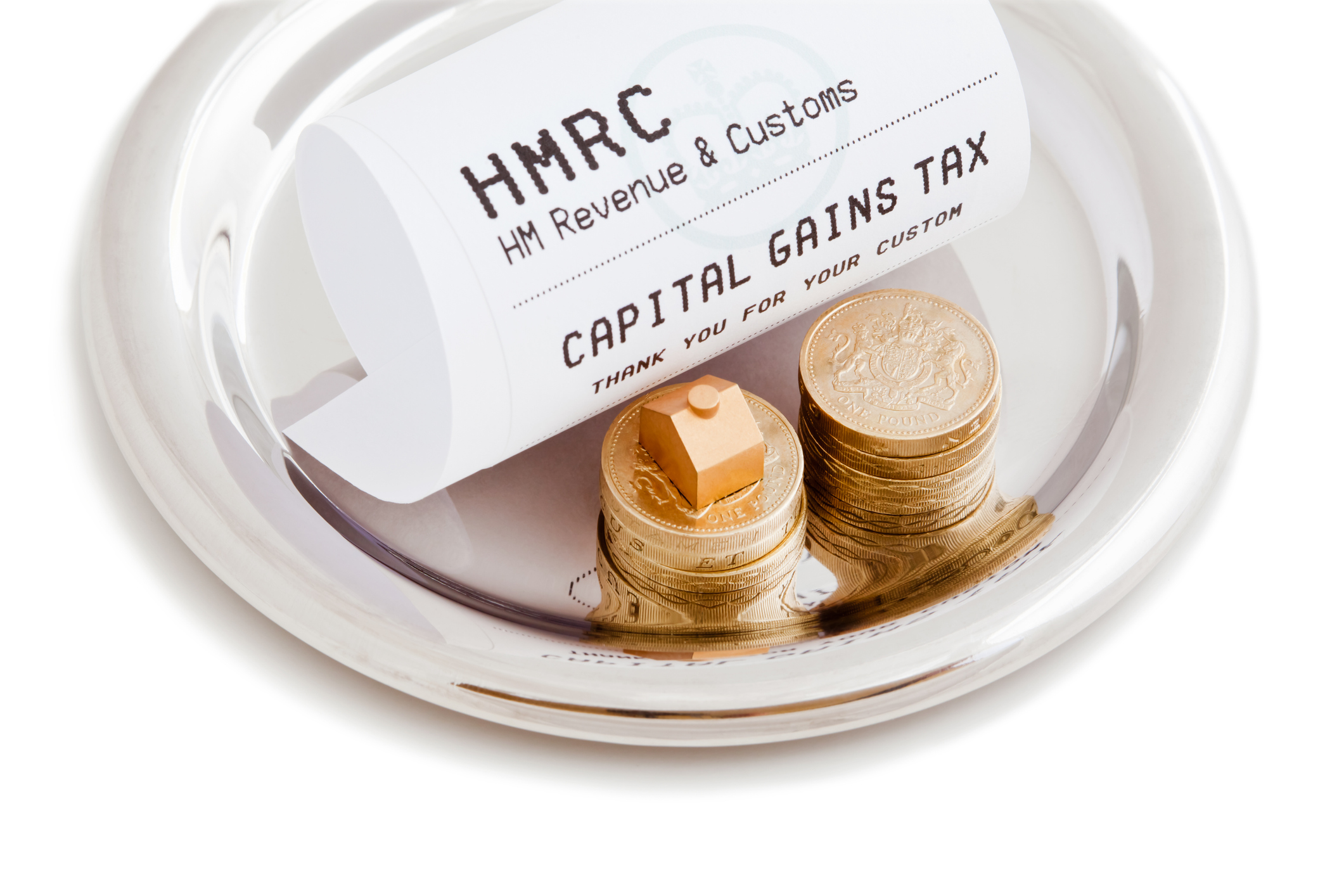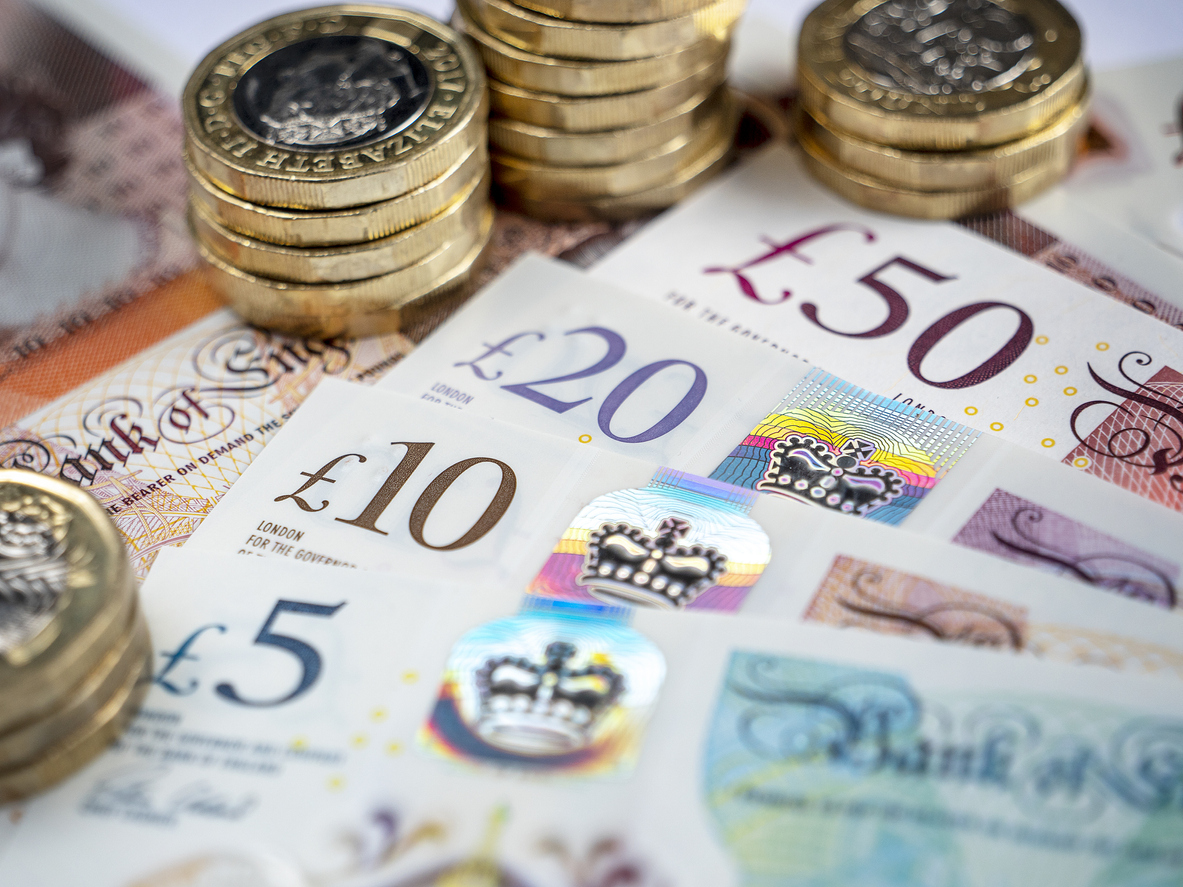
Tax efficiency is an important part of any sensible financial plan, and by using the annual Individual Savings Account (ISA) allowance, or saving into a tax advantaged plan such as a personal pension, investments can be left to grow over time without undue tax considerations. Where investments are held outside of a tax advantaged wrapper, making use of allowances on an annual basis, by reviewing an investment portfolio regularly and considering appropriate changes to the way the portfolio is structured, can give the best chance of avoiding a tax headache later.
We often come across historic investments that have been held for many years outside of an tax wrapper, such as an ISA. As many of these holdings have been in situ for a long period, they often show significant gains over the original purchase price. As a result, selling these assets could generate a liability to Capital Gains Tax (CGT).
CGT is a tax that could be charged on the profits made when selling, transferring or gifting assets, including shares and other collective investments, property that is not your main residence, or personal possessions worth £6,000 or more. Certain assets with limited lifespan and personal motor vehicles are exempt from CGT, unless they have been used for business purposes.
When CGT is charged, higher-rate taxpayers currently pay CGT at 20% on gains from investments and at 28% on gains from residential property. For basic-rate taxpayers, these rates may be reduced to 10% and 18%, respectively.
Use it or lose it
Every individual receives an annual CGT exemption which enables tax-free gains to be made. In the current Tax Year, the allowance for individuals is £12,300. The allowance is provided on a use it, or lose it, basis. It can’t be carried forward into the next tax year, so it makes sense to use the tax-free allowance each year, which could reduce the risk of incurring a significant CGT liability in the future.
This can be particularly helpful for assets such as shares and investments, that carry large gains. A proportion of the investment can be sold to make use of the allowance, and by consistent use of the allowance on an annual basis, larger positions can be reduced over a period of time.
Of course, when it comes to investments, the decision to sell assets is more complex than simply looking at the tax considerations. For example, the underlying market conditions could mean that selling an asset to crystallise a gain is made at a time when investment values are lower. Conversely, the prospects for an investment may be positive and selling to use the CGT allowance could limit future gains. This is why it is important to consider the bigger picture and take advice before reaching a decision.
Carry forward the losses
When multiple transactions are carried out in the same Tax Year, the gains and losses are offset against each other to reach a total gain for the Tax Year. For example, making a gain on an asset of £10,000 and a loss on another asset of £2,000 would lead to a net gain of £8,000. However, if the net result of the combined transactions shows a loss, this loss can be carried forward to be used against gains made in excess of the annual allowance in future Tax Years. To make use of loss relief, H M Revenue & Customs need to be informed that a loss was made within four years of the end of the Tax Year in which the asset creating the loss was sold.
Double up the allowance
Whilst the CGT allowance is individual, assets held jointly can make use of two annual allowances, meaning a combined annual allowance of up to £24,600 could be available. This can be particularly helpful when assets that cannot easily be divided or partially sold over time, for example an investment property, are sold.
Married couples can also make use of the exemption that applies to assets gifted between spouses. Such transfers are exempt, and as a result, one spouse can transfer assets to another to make use of an unused annual exemption.
Bed & ISA
One of the most useful methods of using the annual CGT allowance is to sell down assets that carry uncrystallised investment gains, and repurchase the same, or similar assets, within an ISA. As the ISA is tax-exempt, all future growth will be tax free. This transaction is known as a Bed & ISA, as assets need to be sold one day, creating the capital gain and then purchased on a following day. It is important to remember that this transaction will lead to a short period of time when funds are not invested, which could work to your advantage or disadvantage.
The future of CGT
Outside of the annual allowance and other measures to potentially reduce a CGT bill, it is important to point out that the rate that CGT is charged is relatively low – particularly for non-property transactions – compared to other rates of tax. That being said, according to data from H M Revenue & Customs, the Treasury took in £14.2bn of receipts from CGT in the 2020/2021 tax year, an increase of 42% over the previous year.
Looking ahead, reform of the CGT rules appears quite likely over coming years. Given any future Government may be looking to increase the overall tax take, making changes to CGT could yield additional revenue without potentially being seen as making a politically unpopular decision, when compared to, say, increasing Income Tax or National Insurance rates.
For this reason, it may be an appropriate time to consider long standing investment positions and take independent advice as to the best way to deal with those investments, both from the perspective of long term investment performance, and tax efficiency. If you hold assets that could be liable to CGT, speak to one of our experienced advisers for impartial advice and guidance.
If you would like to discuss the above further then speak to one of our advisers here.
The value of investments and the income they produce can fall as well as rise. You may get back less than you invested. Past performance is not a reliable indicator of future performance. Investing in stocks and shares should be regarded as a long term investment and should fit in with your overall attitude to risk and your financial circumstance.





